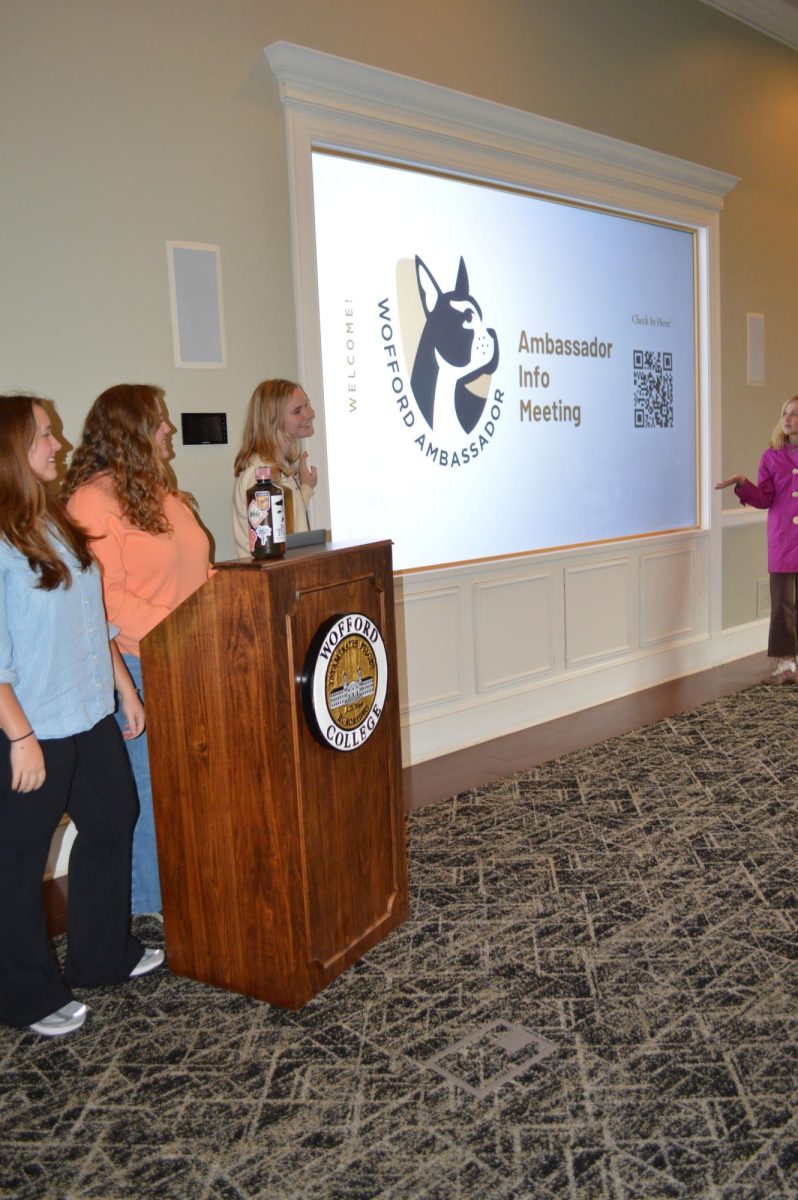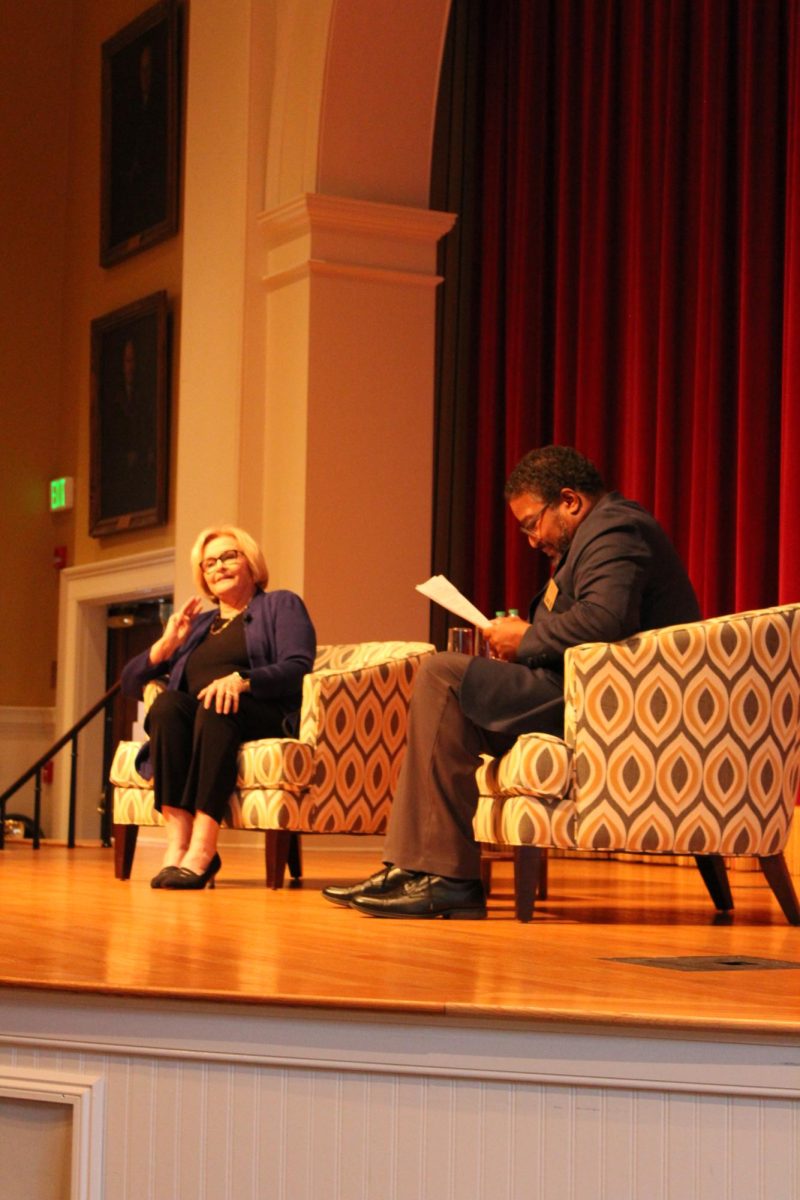Student debt has been a pressing issue over the last couple of decades, as the amount of debt held by current and former students increases with the rising costs of college across the country.
One of the solutions to this problem has been some form of student debt relief, either the more radical and near-impossible, complete elimination or the increasingly-popular partial debt relief.
The latter of these was popular enough to be a part of President Joe Biden’s 2020 campaign promises. While many criticized him for not doing partial debt relief earlier,, the Biden Administration eventually rolled out a plan to cancel debt for certain current and former students in August 2022.
This program would forgive $10,000 of student loan debt for those either making less than $125,000 as a single individual or double that as a married couple. Pell Grant recipients would receive double this amount in forgiveness.
The program is said by the Biden Administration to have already had 26 million total applicants, with 16 million of those applicants being granted relief, should the courts allow for the program. The Administration also claims above 40 million Americans are eligible for this loan forgiveness program.
A group of six states filed a suit against the Administration, claiming that this was outside of its article two powers. These states included Arkansas, Iowa, Kansas, Missouri, Nebraska and South Carolina.
The case will start to be heard by the Supreme Court in February and March 2023, which puts a pause on the repayment program even after millions have already been accepted.
Until then, Secretary of Education Miguel Cardona has reinstated the student debt repayment freeze from now until August 2023 at the latest, depending on how the case is decided.
The case will most likely discuss the connections between executive and legislative powers which for similar actions have been previously defined and ranked in former Justice Robert Jackson’s concurring opinion in the 1952 case Youngstown Sheet & Tube Co. v. Sawyer.
If the current Supreme Court agrees with this opinion, then each side must decide whether the presidential authority was compelled by either congressional approval or congressional silence on an action that both have powers over, or whether presidential action was directly antagonistic to congress and their orders.
The lawsuit states that the Biden Administration is using the pandemic as a justification for programs it supports, which they claim are fiscally irresponsible. The Administration is counter-arguing that the 2003 Higher Education Relief Opportunities for Students Act allows executive action toward student debt forgiveness in “national emergencies.”
The HEROES Act specifically gives the Secretary of Education the power to waive or modify student financial assistance programs in circumstances of national emergencies. Specifically, in one case, if affected individuals are faced with a worse financial situation because of the emergency.
The HEROES Act is also the current basis for the debt repayment pause issued under both the Trump and Biden Administrations during the pandemic.
The Biden Administration is thus arguing that the pandemic and subsequent economic problems represent a large enough emergency for this law to be evoked, which would represent presidential action in accordance with congressional order.
The difference between executive authority between repayment pause and debt forgiveness is that the former involves no monetary support while the latter does. Article One of the United States Constitution states that the power over the use of public funds is strictly within the bounds of the House of Representatives.
Because of this difference, the Administration is going to have to prove that student debt relief is aligned with congressional authority under the HEROES Act rather than in a gray zone of congressional and executive authority or opposed to congressional rule, as the states may claim.






























